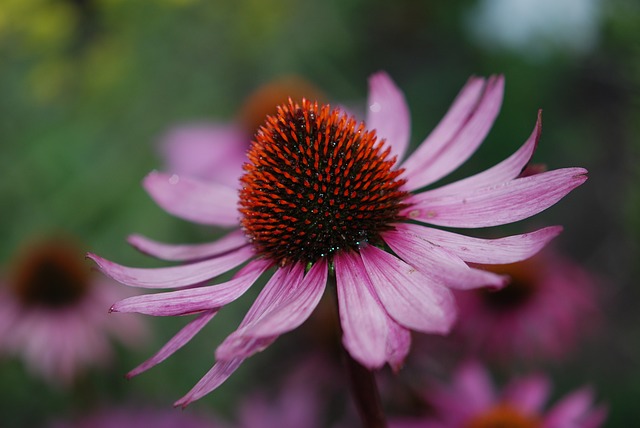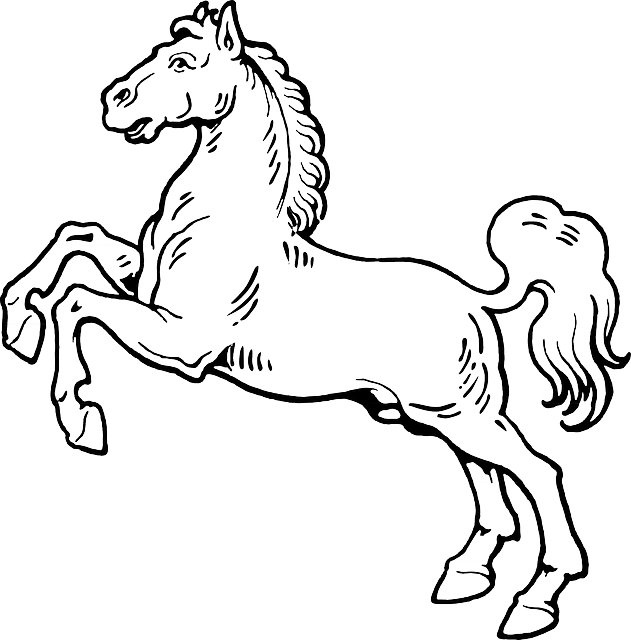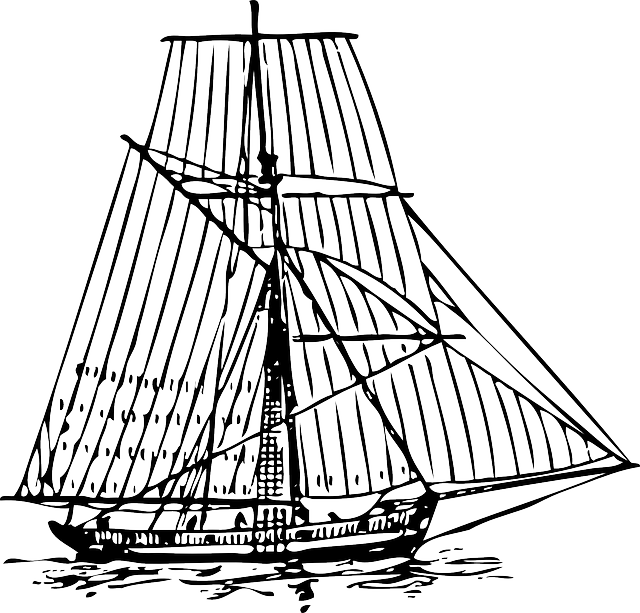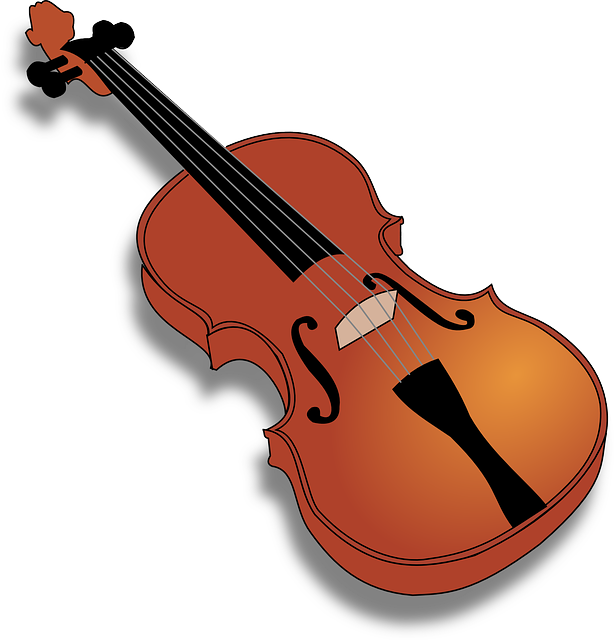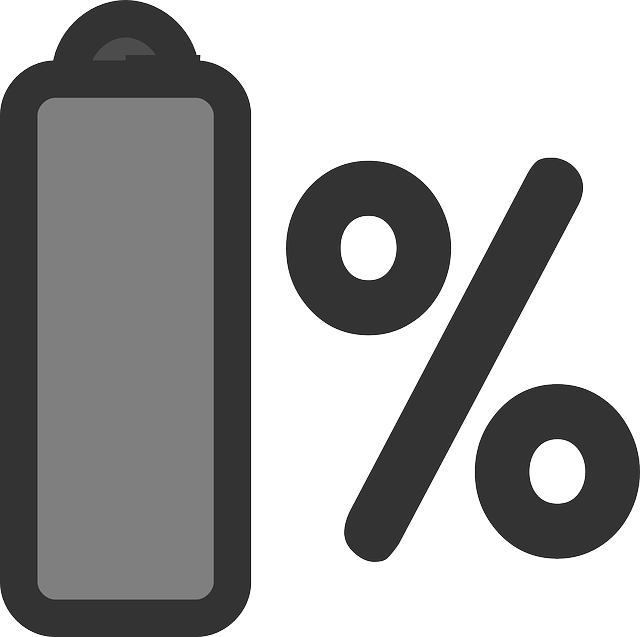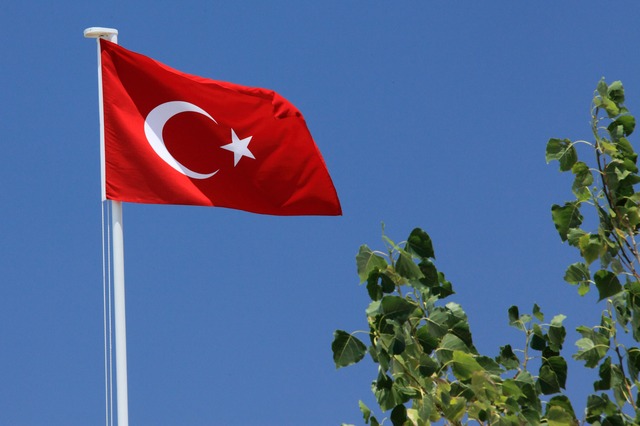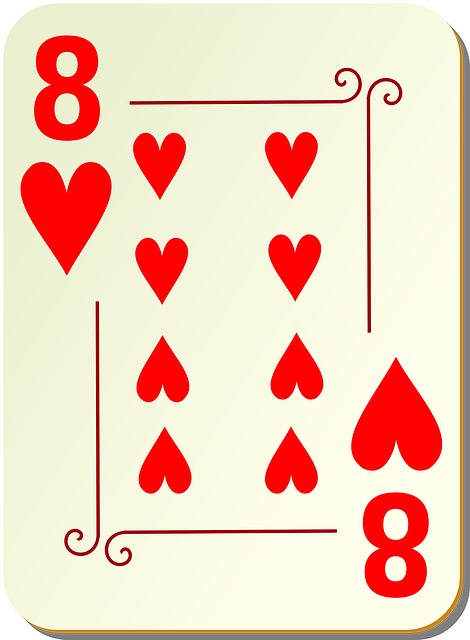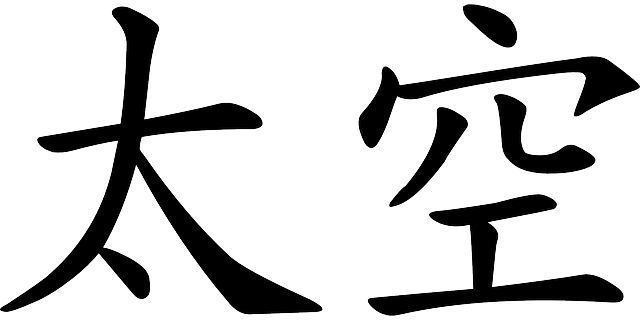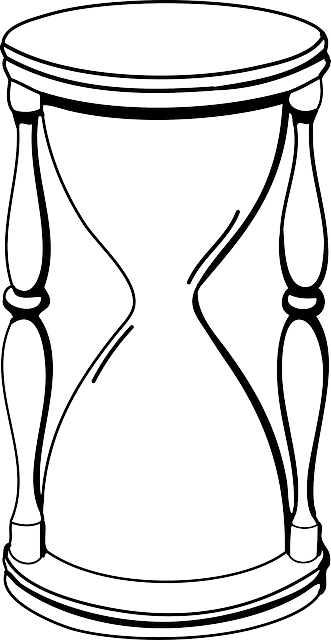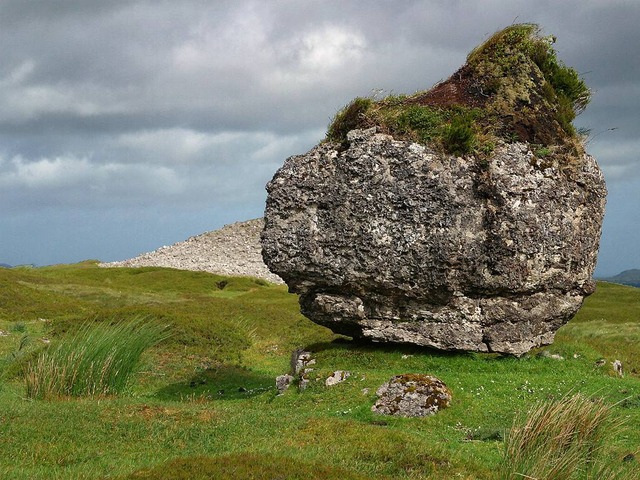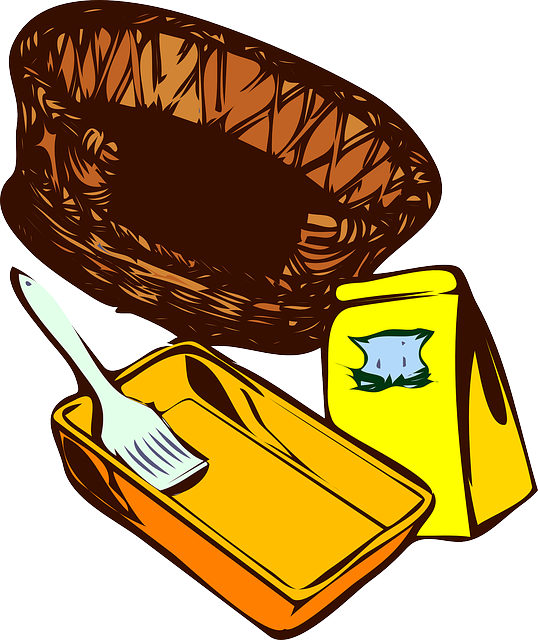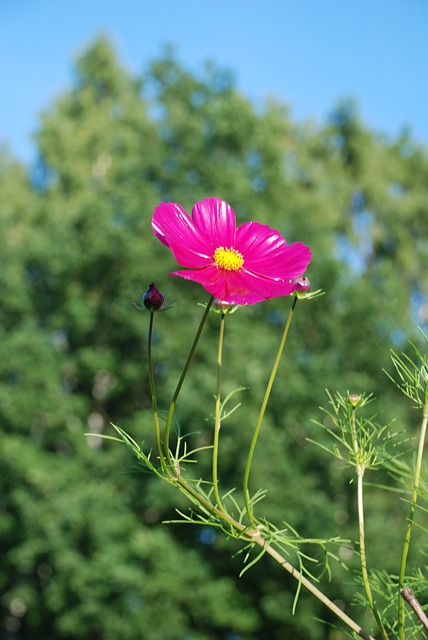رجلة
| رجلة | |
|---|---|
| التصنيف الفهمي | |
| مملكة: | النبات |
| (unranked): | Angiosperms |
| (unranked): | Eudicots |
| (unranked): | Core eudicots |
| Order: | Caryophyllales |
| Family: | الرجلية Portulacaceae |
| Genus: | 'Portulaca' |
| Species: | ''P. oleracea'' |
| Binomial name | |
|
Portulaca oleracea ل. | |
الرجلة (الاسم الفهمي: Portulaca oleracea ؛ بالإنگليزية: purslane؛ كما تُعهد بأسماء verdolaga, pigweed, little hogweed, red root, pursley, and moss rose) هي نبات عصاري حولي من الفصيلة الرجلية، التي قد تصل إلى ازدياد 40 سم.
Approximately forty cultivars are currently grown.
الانتشار
It has an extensive distribution, assumed to be mostly anthropogenic, throughout the Old World extending from North Africa through the Middle East and the Indian Subcontinent to Malesia and Australasia. The species status in the New World is uncertain: in general, it is considered an exotic weed, however, there is evidence that the species was in Crawford Lake deposits (Ontario) in 1430-89 AD, suggesting that it reached North America in the pre-Columbian era. It is naturalised elsewhere, and in some regions is considered an introduced weed. It is also found in Utah.
الوصف
It has smooth, reddish, mostly prostrate stems and alternate leaves clustered at stem joints and ends. The yellow flowers have five regular parts and are up toستة milliمترs (0.020 قدم) wide. Depending upon rainfall, the flowers appear at any time during the year. The flowers open singly at the center of the leaf cluster for only a few hours on sunny mornings. Seeds are formed in a tiny pod, which opens when the seeds are mature. Purslane has a taproot with fibrous secondary roots and is able to tolerate poor compacted soils and drought.
History
Widely used in East Mediterranean countries, archaeobotanical finds are common at many prehistoric sites. In historic contexts, seeds have been retrieved from a protogeometric layer in Kastanas, as well as from the Samian Heraion dating to seventh century BC. In the fourth century BC, Theophrastus names purslane, andrákhne (ἀνδράχνη), as one of the several summer pot herbs that must be sown in April (H.P 7.12). As Portulaca it figures in the long list of comestibles enjoyed by the Milanese given by Bonvesin de la Riva in his "Marvels of Milan" (1288).
In antiquity, its healing properties were thought so reliable that Pliny the Elder advised wearing the plant as an amulet to expel all evil (Natural History 20.120).
A common plant in parts of India, purslane is known as sanhti, punarva, paruppu keerai, or kulfa.
الاستخدامات
Culinary
| القيمة الغذائية لكل 100 غ (3.5 أونصة) | |
|---|---|
| الطاقة | 84 kجول (20 ك.ثمنة) |
الكربوهيدرات |
3.39 g |
دهون |
0.36 g |
پروتين |
2.03 g |
| الڤيتامينات | |
| ڤيتامين أ | 1320 IU |
|
(4%) 0.047 mg |
|
|
(9%) 0.112 mg |
|
|
(3%) 0.48 mg |
|
|
(6%) 0.073 mg |
|
|
(3%) 12 μg |
|
| Vitamin C |
(25%) 21 mg |
| ڤيتامين E |
(81%) 12.2 mg |
| آثار فلزات | |
| كالسيوم |
(7%) 65 mg |
| حديد |
(15%) 1.99 mg |
| الماغنسيوم |
(19%) 68 mg |
| المنگنيز |
(14%) 0.303 mg |
| فوسفور |
(6%) 44 mg |
| پوتاسيوم |
(11%) 494 mg |
| زنك |
(2%) 0.17 mg |
| مكونات أخرى | |
| ماء | 92.86 g |
|
Link to USDA Database entry
| |
| |
| Percentages are roughly approximated using US recommendations for adults. Source: USDA Nutrient Database | |
Although purslane is considered a weed in the United States, it may be eaten as a leaf vegetable.William Cobbett noted that it was "eaten by Frenchmen and pigs when they can get nothing else. Both use it in salad, that is to say, raw". It has a slightly sour and salty taste and is eaten throughout much of Europe, the Middle East, Asia, and Mexico. The stems, leaves and flower buds are all edible. Purslane may be used fresh as a salad, stir-fried, or cooked as spinach is, and because of its mucilaginous quality it also is suitable for soups and stews. The sour taste is due to oxalic and malic acid, the latter of which is produced through the crassulacean acid metabolism (CAM) pathway that is seen in many xerophytes (plants living in dry conditions), and is maximal when the plant is harvested in the early morning.
Australian Aborigines use the seeds of purslane to make seedcakes. Greeks, who call it andrakla (αντράκλα) or glystrida (γλυστρίδα), use the leaves and the stems with feta cheese, tomato, onion, garlic, oregano, and olive oil. They add it in salads, boil it, or add it to casseroled chicken. In Turkey, besides being used in salads and in baked pastries, it is cooked as a vegetable similar to spinach. Called Bakleh tn Lebanon, is eaten raw in a famous salad called fattoush, and cooked as a garniture in fatayeh (triangular salted pastries). In Albania, known as burdullak, it also is used as a vegetable similar to spinach, mostly simmered and served in olive oil dressing, or mixed with other ingredients as a filling for dough layers of byrek. In the south of Portugal (Alentejo), baldroegas are used as a soup ingredient. In Pakistan, it is known as qulfa and is cooked as in stews along with lentils, similarly to spinach, or in a mixed green stew.
Traditional medicine
نطقب:Medref Known as Ma Chi Xian (pinyin: translates as "horse tooth amaranth") in traditional Chinese medicine.[] Its leaves are used for insect or snake bites on the skin, boils, sores, pain from bee stings, bacillary dysentery, diarrhea, hemorrhoids, postpartum bleeding, and intestinal bleeding.
Use is contraindicated during pregnancy and for those with cold and weak digestion. Purslane is a clinically effective treatment for oral lichen planus.نطقب:Npsn
Companion plant
As a companion plant, purslane provides ground cover to create a humid microclimate for nearby plants, stabilising ground moisture. Its deep roots bring up moisture and nutrients that those plants can use, and some, including corn, will follow purslane roots down through harder soil that they cannot penetrate on their own (ecological facilitation). It is known as a beneficial weed in places that do not already grow it as a crop in its own right.
Other uses
Portulaca oleracea efficiently removes bisphenol A, an endocrine-disrupting chemical, from a hydroponic solution.
Nutrition
Purslane contains more omega-3 fatty acids (alpha-linolenic acid in particular) than any other leafy vegetable plant. Studies have found that purslane has 0.01 mg/g of eicosapentaenoic acid (EPA). It also contains vitamins (mainly vitamin A, vitamin C, vitamin E (alpha-tocopherol),vitamin B, carotenoids), and dietary minerals such as magnesium, calcium, potassium, and iron.
Also present are two types of betalain alkaloid pigments, the reddish betacyanins (visible in the coloration of the stems) and the yellow betaxanthins (noticeable in the flowers and in the slight yellowish cast of the leaves). Both of these pigment types are potent antioxidants and have been found to have antimutagenic properties in laboratory studies.
Cooked vs. raw
100 grams of fresh purslane leaves contain 300 to 400 mg of alpha-linolenic acid. One cup (250 ml) of cooked leaves contains 90 mg of calcium, 561 mg of potassium, and more than 2,000 IUs of vitamin A.
A half-cup of raw purslane leaves contains as much as 910 mg of oxalate, a compound implicated in the removal of kidney stones. Cooking purslane reduces overall soluble oxalate content by 27%.
Morning harvest vs. afternoon
When stressed by low availability of water, purslane, which has evolved in hot and dry environments, switches to photosynthesis using Crassulacean acid metabolism (the CAM pathway): At night its leaves trap carbon dioxide, which is converted into malic acid (the souring principle of apples), and, in the day, the malic acid is converted into glucose. When harvested in the early morning, the leaves have ten times the malic acid content as when harvested in the late afternoon, and thus have a significantly more tangy taste.
Chemical constituents
Chemical constituents include noradrenaline, calcium salts, dopamine, L-DOPA, malic acid, citric acid, glutamic acid, asparagic acid, nicotinic acid, alanine, glucose, fructose, and sucrose.
Betacyanins isolated from Portulaca oleracea improved cognition deficits in aged mice. A subclass of homoisoflavonoids from the plant showed in vitro cytotoxic activities towards four human cancer cell lines.
In popular culture
- Purslane also finds mention in a translation of the Bible as a repulsive food. Job's question in Job 6:6 is translated in the Revised Standard Version as, "Can that which is tasteless be eaten without salt or is there any taste in the slime of the purslane?". That is thoughtنطقب:Bywhom to be a mistranslation of mallow, however.
- The name verdolaga, associated with the plant that grows in South America, is a nickname for football clubs with green-white schemes in their uniforms, such as Colombia's Atletico Nacional and Argentina's Ferrocarril Oeste.
See also
- List of beneficial weeds
- List of companion plants
المراجع
- ^ Marlena Spieler (July 5, 2006). "Something Tasty? Just Look Down". The New York Times.
- ^ "Portulaca oleracea (common purslane): Go Botany". newenglandwild.org.
- ^ Byrne, R. & McAndrews, J. H. (1975). "Pre-Columbian puslane (Portulaca oleracea L.) in the New World". Nature. 253 (5494): 726–727. doi:10.1038/253726a0.
- ^ "Plenty of this around Davis County!".
- ^ Megaloudi Fragiska (2005). "Wild and Cultivated Vegetables, Herbs and Spices in Greek Antiquity". Environmental Archaeology. 10 (1): 73–82. doi:10.1179/146141005790083858.
- ^ Noted by John Dickie, Delizia! The Epic History of Italians and Their Food (New York, 2008), p. 37.
- ^ Wright, Clifford A. (2012). "Purslane". Mediterranean Vegetables: A Cook's Compendium of All the Vegetables from the World's Healthiest Cuisine, with More Than 200 Recipes. Boston, Massachusetts: Harvard Common Press. pp. 276–277. ISBN .
- ^ Cobbett, William (1980). The English Gardener. Oxford: Oxford University Press. p. 126. ISBN .
- ^ . October 2003
- ^ Harold McGee. On Food and Cooking. Scribner. 2004 edition. ISBN 978-0684800011
- ^ Bensky, Dan, et al. Chinese Herbal Medicine, Materia Medica. China: Eastland Press Inc., 2004.
- ^ Tierra, C.A., N.D., Michael (1988). Planetary Herbology. Lotus Press. p. 199.CS1 maint: multiple names: authors list (link)
- ^ Agha-Hosseini F, Borhan-Mojabi K, Monsef-Esfahani HR, Mirzaii-Dizgah I, Etemad-Moghadam S, Karagah A (Feb 2010). "Efficacy of purslane in the treatment of oral lichen planus". Phytother Res. 24 (2): 240–4. doi:10.1002/ptr.2919. PMID 19585472.CS1 maint: multiple names: authors list (link)
- ^ Watanabe I. Harada K. Matsui T. Miyasaka H. Okuhata H. Tanaka S. Nakayama H. Kato K. Bamba T. Hirata K."Characterization of bisphenol A metabolites produced by Portulaca oleracea cv. by liquid chromatography coupled with tandem mass spectrometry." , Biotechnology & Biochemistry. 76(5):1015-7, 2012.
- ^ Omara-Alwala, Thomas R.; Mebrahtu, Tadesse; Prior, Debra E.; Ezekwe, Michael O. (March 1991). "Omega-three fatty acids in purslane (Portulaca oleracea) Tissues". Journal of the American Oil Chemists’ Society. 68 (3): 198–199. doi:10.1007/BF02657769.
- ^ Simopoulos, A P; Norman, H A; Gillaspy, J E; Duke, J A (August 1992). "Common purslane: a source of omega-3 fatty acids and antioxidants". Journal of the American College of Nutrition. 11 (4): 374–382. doi:10.1080/07315724.1992.10718240. PMID 1354675.
- ^ "Evaluation of the Antimutagenic Activity of Different Vegetable Extracts Using an In Vitro Screening Test" (PDF). westernpharmsoc.org.
- ^ "Oxalate content of raw and cooked purslane". world-food.net.
- ^ Wang, CQ. Yang GQ. (2010). "Betacyanins from Portulaca oleracea L. ameliorate cognition deficits and attenuate oxidative damage induced by D-galactose in the brains of senescent mice". Phytomedicine. 17 (7): 527–32. doi:10.1016/j.phymed.2009.09.006.
- ^ Yan, J; Sun, LR; Zhou, ZY; Chen, YC; Zhang, WM; Dai, HF; Tan, JW (Aug 2012). "Homoisoflavonoids from the medicinal plant Portulaca oleracea". Phytochemistry. 80: 37–41. doi:10.1016/j.phytochem.2012.05.014.
وصلات خارجية
| مشاع الفهم فيه ميديا متعلقة بموضوع Portulaca oleracea. |
- نطقب:FloraBase
- Online Field guide to Common Saltmarsh Plants of Queensland
- in West African plants - A Photo Guide.
- Purslane Recipes, Prairieland Community Supported Agriculture


